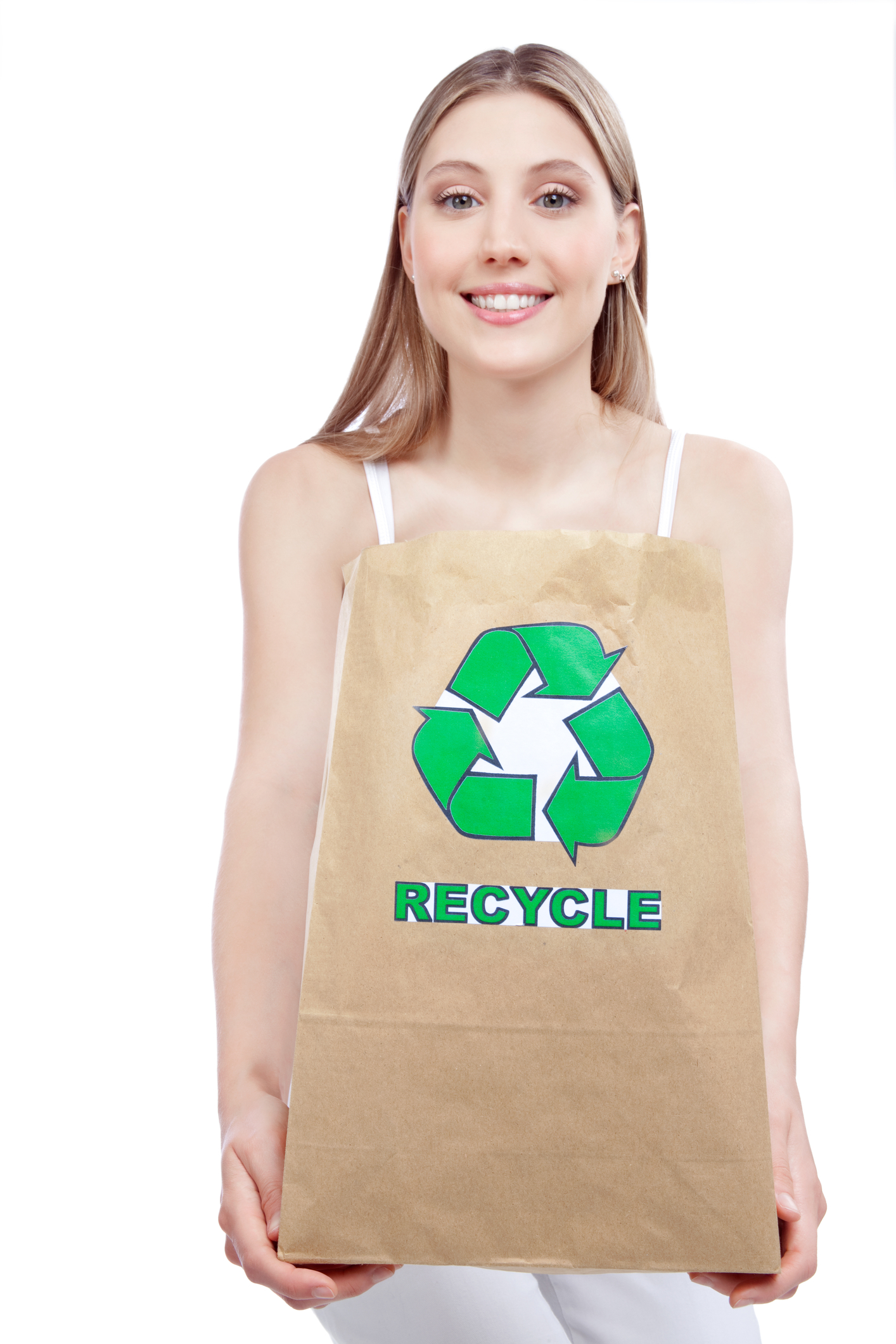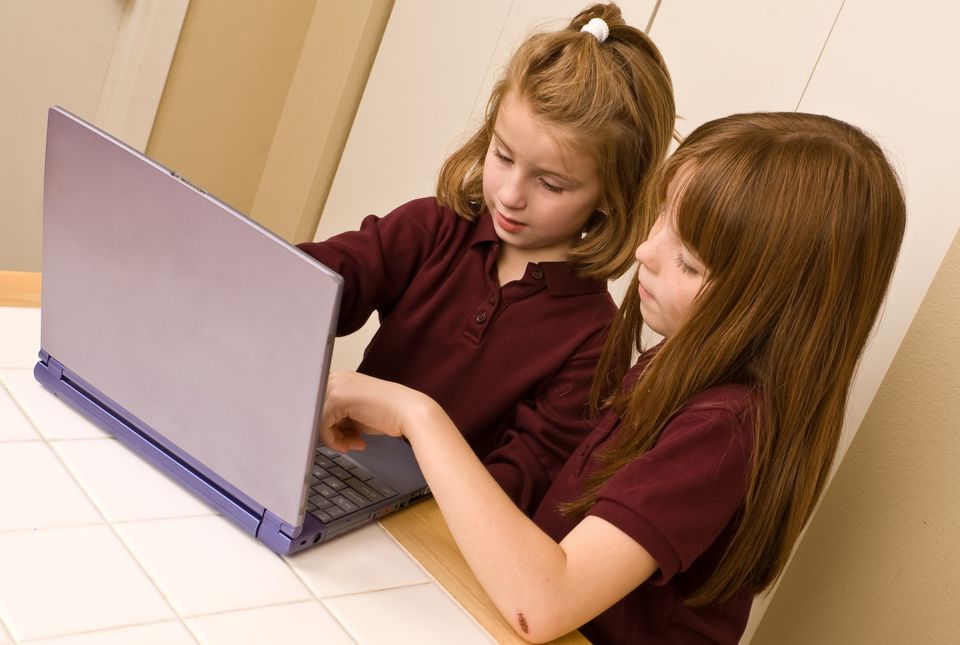To help preserve the environment Schools are turning to Sustainable Packaging, not only in School Canteens, Tuckshops and Hospitality areas, but also in the wider school environment. It is a responsible decision and one which students should be aware of. Sustainable food packaging in being used increasingly.
Sustainable Packaging takes into account the whole supply chain, not just the ability of packaging to be recycled. This includes
- The renewability of resources used. For example In Australia plates and bowls are often made from bagass which a is by product of sugar cane instead of polyplastics made from petroleum. Linings to cups may be made of polylactic acid which is extracted from corn starch.
- The ecological footprint of the manufacturing process. This include using less water and energy, and reducing the out output of greenhouse gasses such as methane and carbon dioxide.
- The reusability of the products – are the made from recycled materials such as newsprint, and can the packaging itself be reused.
- Biodegradability and Compostablitiy. Sustainable packaging is biodegradable (it does not take long for it to breakdown to and be recycled in the environment) Where the is a lot of packaging with a high turnover such as packaging for food and drinks in schools, it is desirable that the packaging is compostable.
- Reducing the quantity of packaging. Regardless of the packaging, using less of it helps Sustainability.
Research continues to be carries out in this area. Most sustainable packaging in made from vegetable products or recycled products. However dairy based products are being investigated such as making linings from casein and whey.
Multi layered packaging offers challenges in terms of sustainability. For instance the packing of cereals usually involves a cardboard box on the outside and a plastic bag on the inside. In a case such as this it is good practice to reuse the plastic bag as far as possible.
The adoption of sustainable packaging within a school has the advantage of providing Educational Resources and Services. Students can investigate how the sustainable packaging in their school canteens is made, and compare it to the production process and carbon footprint of non- sustainable packaging. They can investigate how to reduce packaging in their school and the packaged products which come into their school. The adoption of Sustainable Packaging Policies by schools not only contributes to a more sustainable planet but also provides a valuable educational tool.



